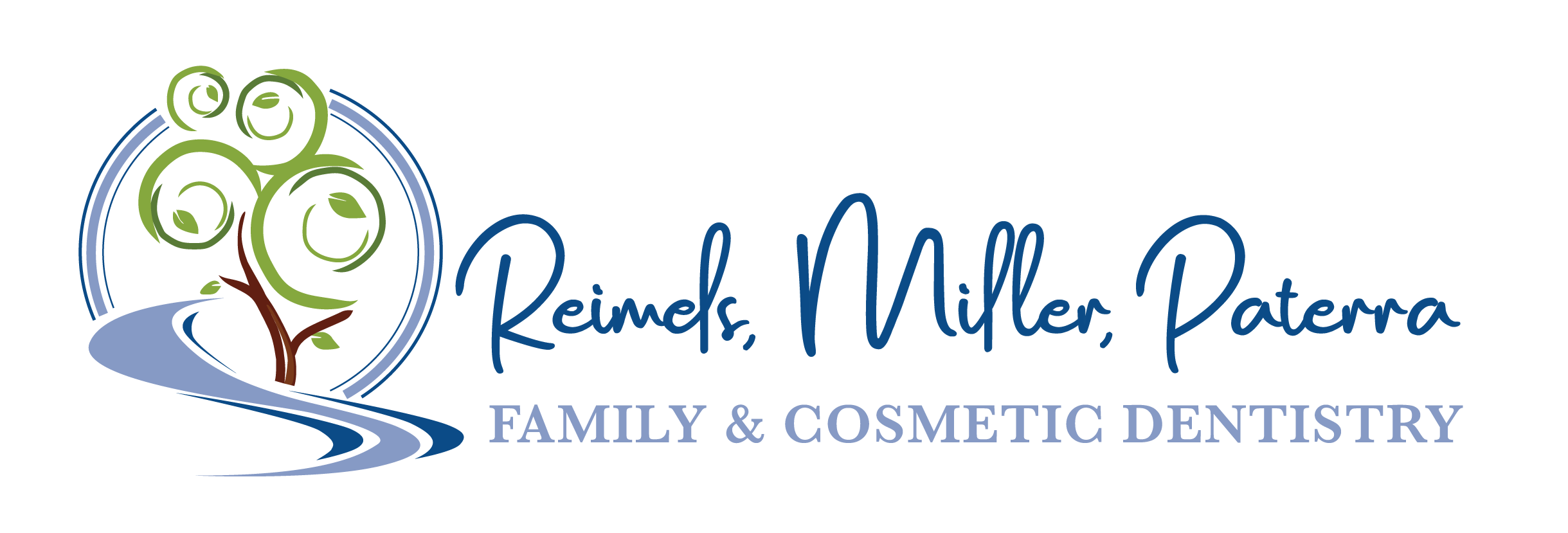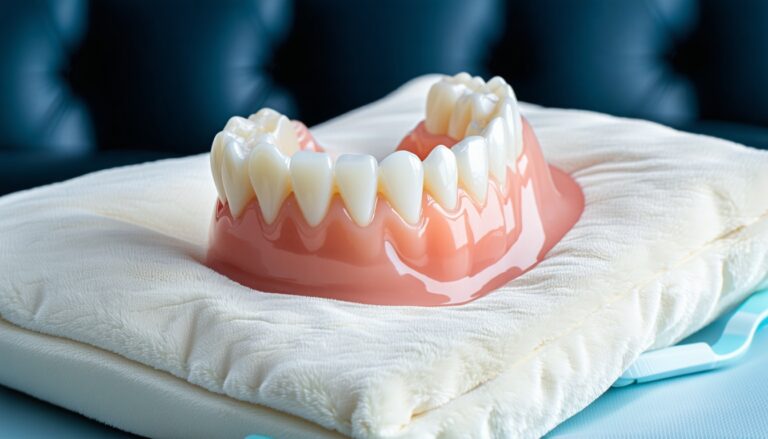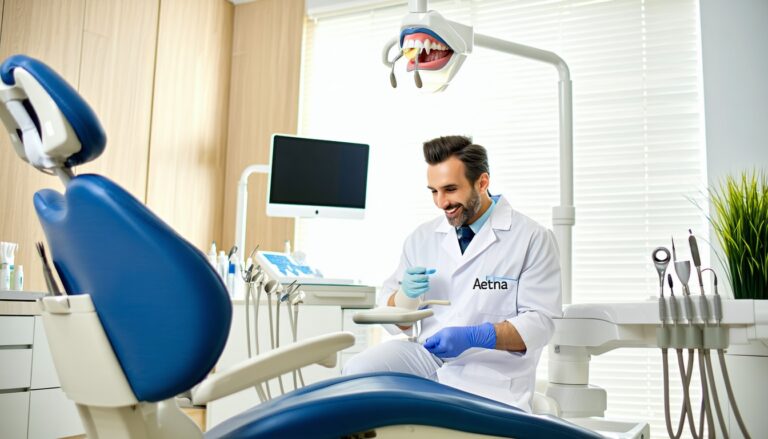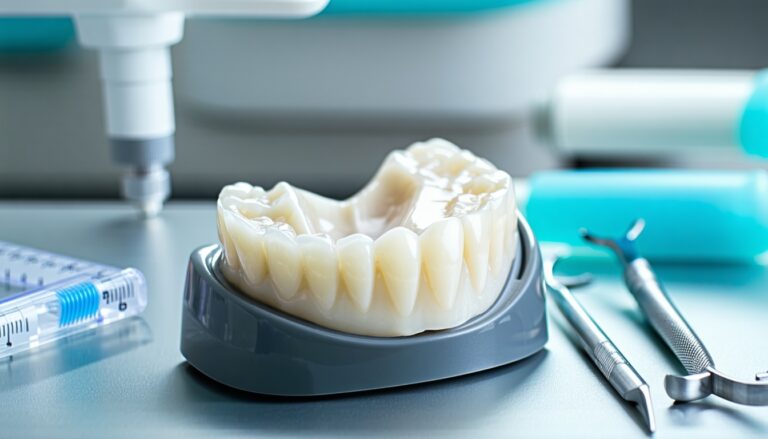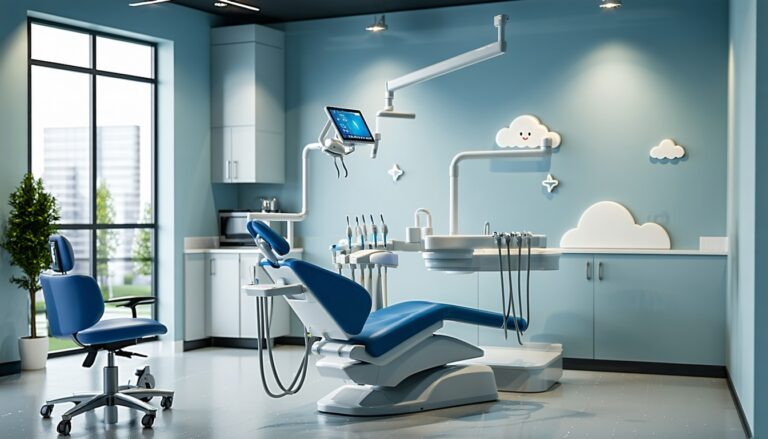Introduction
Surgical tooth extraction is often a critical measure to safeguard and enhance your oral health. Whether you are dealing with a damaged tooth that cannot be saved through other treatments or require additional space for orthodontic adjustments, this procedure helps prevent further complications and sets the stage for lasting well-being. When performed correctly, surgical extraction can address the underlying issues and alleviate persistent discomfort. At Reimels Dentistry, you can receive a tailored, comprehensive approach that supports your specific needs, ensuring you get the support necessary for lasting recovery and oral wellness.
In the sections below, you will discover when a surgical tooth extraction becomes necessary, what the procedure typically entails, possible risks and benefits, and why you should select Reimels Dentistry for your preventive, restorative, and cosmetic dental care needs. By offering a supportive environment and individualized plans, our practice strives to empower you through every step of the process, ensuring that you have the knowledge, resources, and compassionate care required for a successful outcome.
Discover surgical extraction
Surgical tooth extraction involves removing a tooth through a more complex method than a simple extraction. Rather than merely loosening and pulling the tooth using forceps, your dental professional may need to create a small incision in your gum tissue or remove a portion of bone around the tooth to access it properly. According to the Cleveland Clinic, surgical tooth extraction is often recommended for impacted, fractured, or severely decayed teeth that cannot be saved through other treatments (Cleveland Clinic).
Why it matters
- Damaged or impacted teeth can trigger infections, swelling, and intense pain.
- Proper removal mitigates the risk of complications like abscesses, gum disease, or further decay.
- Prompt treatment can help preserve healthy neighboring teeth and support overall oral health.
By understanding surgical extractions, you can make informed decisions about your care. Moreover, having a trusted dental practice, such as Reimels Dentistry, ensures you will be guided through a well-informed treatment plan that respects your comfort and your long-term goals.
See when extraction is necessary
A tooth extraction, whether simple or surgical, is typically viewed as a last resort. Dentists often explore restorative treatments such as root canal therapy or dental crown placement before recommending removal. However, there are instances when extraction becomes a necessity:
Severe damage or decay
If a tooth is so extensively damaged or decayed that it cannot support a filling, crown, or other restoration, surgical tooth extraction might be the only option to avoid ongoing pain or infection. This could include fractures that extend below the gumline or decay that weakens tooth structure. When your natural tooth cannot be preserved through porcelain crown service or other methods, extraction protects the adjacent teeth and gum tissue.
Impacted teeth
An impacted tooth fails to emerge fully from the gums, often due to limited space or misalignment. Wisdom teeth, for example, are notorious for erupting at awkward angles, making them prone to partial eruption and trapping bacteria under the gum flap. In such scenarios, surgical extraction is necessary to prevent infection, gum disease, or crowding.
Orthodontic or prosthetic considerations
When your mouth is overcrowded, some teeth may need to be removed to pave the way for braces or other orthodontic treatments. Additionally, if you’re planning to replace multiple damaged teeth with dentures, removing certain problematic teeth can help ensure a stable, comfortable fit. As you collaborate with your dentist, you can devise an individualized plan that addresses your unique challenges and aesthetic goals.
Gum disease complications
Advanced periodontal disease can result in deterioration of the bone and tissue that support your teeth. When a tooth lacks sufficient support, it can loosen and cause discomfort. In severe cases where other gum disease treatment or periodontal maintenance cleaning measures no longer suffice, extraction may be recommended to preserve the health of your other teeth.
Explore the extraction steps
Although every case is unique, surgical tooth extraction generally follows a structured process designed to ensure thorough care. By knowing what to expect, you can approach the procedure with confidence.
1. Examination and diagnostics
Your dentist will first conduct a detailed evaluation of your tooth and surrounding structures, typically involving digital xray imaging or 3d cone beam imaging. This imagery reveals the extent of damage, the tooth’s position, and any potential complications, such as proximity to nerves or sinuses. In some cases, an intraoral camera examination may be used to get a closer look at hidden areas.
2. Treatment planning
Based on the findings, your dentist or oral surgeon will determine whether a simple or surgical extraction is needed. Complex issues like impacted teeth or significant bone obstruction typically mandate a surgical approach. Through open communication and a tailored treatment program, you will be informed about every step, addressing any concerns regarding comfort, anesthesia, or scheduling.
3. Anesthesia and sedation
A local anesthetic is used to numb the area around the tooth. If you experience dental anxiety or have a low pain threshold, sedation options such as oral sedation, nitrous oxide sedation, or iv sedation dentistry can be administered to help you relax. The aim is to create a supportive environment that minimizes discomfort and eases fears.
4. Accessing the tooth
For surgical tooth extraction, a small incision is made in your gums to expose the tooth and surrounding bone. In some cases, a small amount of bone might need to be removed to gain better access. Your dentist or oral surgeon works carefully to limit any unnecessary trauma to surrounding tissue, maintaining the integrity of your mouth as much as possible.
5. Removing the tooth
Once the tooth is visible, special instruments are used to gently loosen it from the socket. If the tooth is large or its roots are intertwined, dividing it into sections may make extraction easier. This phased approach helps minimize stress on the jawbone and surrounding tissue.
6. Cleaning and closing
After the tooth is removed, the socket is cleaned and disinfected to remove debris. Sometimes, a small bone graft material may be placed to preserve the jawbone’s shape. In many cases, a few dissolvable stitches or standard sutures will be applied to close the incision, ensuring proper healing.
Ease discomfort with sedation
Some individuals find dental procedures intimidating or have had past traumatic experiences. If you’re worried about anxiety or pain, sedation dentistry can create a truly calming environment. At Reimels Dentistry, we offer a range of sedation options, from mild relaxation with nitrous oxide to deeper sedation, so you can move through the surgical tooth extraction process with confidence.
Why consider sedation
- You remain relaxed and calm during the procedure
- Long procedures can be completed in fewer appointments
- Minimizes involuntary movements, enabling smooth care
- Helps you develop more positive experiences at the dentist
Sedation fosters the supportive environment you need, especially if you’re dealing with heightened anxiety or have difficulty sitting still for extended periods. Beyond the immediate comfort, having sedation available can reduce the stress that many feel about dental treatment, enabling you to receive the comprehensive care you deserve.
Understand post-extraction healing
Surgical tooth extraction can create concerns about discomfort and healing time. Fortunately, most people recover within a few days to a week. The Cleveland Clinic notes that while the initial healing phase often takes a few days, complete closure of the jawbone can require several weeks (Cleveland Clinic). By following the guidance of your dentist and practicing diligent aftercare, you can ensure a smoother experience.
Immediate aftercare
- Address bleeding: A gauze pad will be placed over the extraction site immediately after surgery. Apply gentle pressure to encourage clot formation and limit bleeding.
- Protect the clot: Avoid vigorously rinsing or spitting for at least 24 hours, as this could dislodge the clot and potentially lead to dry socket.
- Manage soreness and swelling: Over-the-counter pain relievers, prescribed medications, or ice packs can be used to alleviate discomfort.
- Focus on soft foods: Yogurt, mashed potatoes, and soups are typically easy to manage. Introduce more solid items as you gain comfort.
Week one to two
- Continue oral hygiene: Carefully brush and floss other areas of your mouth. Gently rinse with a saltwater solution to keep the area clean.
- Monitor signs of infection: Look for excessive swelling, fever, or continuous bleeding. If you notice these, contact your dentist.
- Resume daily tasks: Many patients can return to normal routines after 48 to 72 hours. However, you may need to delay strenuous activities a bit longer.
Long-term considerations
- Bone healing duration: Complete bone healing may take several weeks to a few months. During that time, you can consult with your dentist about potential restorations, such as dental bridge placement or even implants in suitable cases.
- Prevent misalignment: If a neighboring tooth shifts into the space, it can lead to bite problems. Restoring the empty socket with a bridge, implant, or partial denture service can help preserve proper alignment.
Select Reimels Dentistry
If you or a loved one needs preventive, restorative, or cosmetic dental care, you want a trusted partner with the expertise to customize your experience. At Reimels Dentistry, we believe in delivering tailored treatment programs that prioritize your comfort, unique challenges, and long-term success. Here’s why turning to us can make a difference:
Comprehensive expertise
Our team offers a wide range of dental solutions. From routine professional teeth cleaning to advanced emergency dental care, we bring a depth of knowledge to address every stage of oral wellness. The ability to move seamlessly between preventive measures, restorative procedures, and cosmetic enhancements means you can count on us for a comprehensive care experience.
Supportive environment
We aim to create a calm, empathetic setting where you feel heard. By combining individualized plans with advanced technology, our approach ensures you remain at ease throughout each treatment. If you have worries about pain or anxiety, we can offer sedation options to enhance your comfort and confidence.
Individualized plans
Just as every person’s smile is unique, your treatment plan should be too. Whether it’s a straightforward tooth extraction or an intricate restorative procedure, we tailor every step to your needs. This ensures you benefit from faster recovery, minimal discomfort, and a greater likelihood of a successful, long-term outcome.
Advanced technology
Reimels Dentistry stays current with modern innovations in dental care. By incorporating tools like digital xray imaging, 3d cone beam imaging, and sedation dentistry, we can identify problems precisely and address them effectively, minimizing the risk of ongoing distress. This cutting-edge approach helps streamline the process, allowing us to focus on delivering results with minimal invasiveness.
Commitment to lasting recovery
Our goal extends beyond the initial procedure. We deliver the support necessary for lasting oral health, offering follow-up visits and ensuring you are educated about how to care for your smile at home. With a robust network of preventive services, including fluoride treatment and oral cancer screening, we help you preserve the long-term wellness of your teeth and gums.
Tap into advanced services
While surgical tooth extraction is a key service, Reimels Dentistry provides an exceptional range of additional options for preventive, restorative, and cosmetic enhancements:
- Cosmetic treatments: For a confidence boost, explore our porcelain veneer placement or cosmetic smile makeover. These treatments address discoloration, chips, gaps, and other aesthetic concerns.
- Prosthetic solutions: Whether you need full denture fabrication, snap in denture service, or a lost filling repair, we ensure every replacement is tailored for a comfortable, secure fit.
- Orthodontic care: If you require slight tooth adjustments or a complete realignment, our orthodontic consultation can clarify your path toward a straighter smile. With options like invisalign service, you can transform your look discreetly and efficiently.
- Periodontal maintenance: Dedicated procedures like gum disease treatment, along with bone grafting ridge preservation, help maintain the health of your gums and underlying bone. Such measures are often critical after an extraction to keep your jaw stable and protect your remaining teeth.
- Sedation dentistry: We believe everyone deserves a fear-free experience. Our sedation dentistry service includes everything from mild nitrous oxide sedation to deeper iv sedation dentistry, ensuring a positive experience even for extensive procedures.
By selecting Reimels Dentistry, you align yourself with a practice that embraces continuous modernization, compassionate care, and personalized solutions. This full-spectrum approach can greatly simplify your dental journey, making it easier to maintain a healthy, radiant smile.
Frequently asked questions
Below are five of the most common questions individuals have about surgical tooth extraction, along with straightforward answers to guide you.
- How do I know if I need a surgical tooth extraction instead of a simple one?
Your dentist determines the need for a surgical extraction based on factors like the extent of decay, a tooth’s position, or whether the tooth has broken below the gumline. Diagnostic imaging, such as digital xray imaging, helps assess the tooth’s roots and surrounding bone. If there is limited or no direct access for a simple pull, a surgical approach may be recommended. - Will I feel pain during the procedure?
You will be under local anesthesia, so you should not feel any pain during the extraction itself. If you are especially anxious or have a low pain threshold, sedation options are available, from mild oral sedation to deeper iv sedation dentistry. These methods help keep you relaxed and comfortable throughout the process. - What is the typical recovery time?
Most people can return to routine activities within 48 to 72 hours, but the extraction site may take a few weeks to fully heal. Jawbone healing often continues for several months after the initial procedure (Cleveland Clinic). During the healing phase, it is vital to maintain good oral hygiene, follow dietary restrictions, and attend all recommended checkups. - How can I reduce the risk of complications?
Follow your dentist’s instructions regarding aftercare and medications. Keep the area around the extraction site clean by gently rinsing with a saltwater solution. Avoid activities that could dislodge the blood clot, such as drinking through a straw or smoking. If you notice worsening symptoms like excessive bleeding or persistent pain, reach out to your dentist as soon as possible. - Will I need a replacement tooth?
Leaving the gap can cause neighboring teeth to shift and potentially affect your bite. Depending on your preferences and overall oral health, your dentist may recommend an implant, a dental bridge placement, or a partial denture service. Each replacement strategy helps maintain alignment, restore function, and uphold a natural aesthetic.
Surgical tooth extraction need not be an anxious experience. By choosing Reimels Dentistry, you gain a partner committed to helping you overcome any obstacles to a healthy, functional smile. From accurate diagnostics to tailored sedation options and thorough aftercare, our approach centers on your unique challenges and goals. You deserve a team ready to guide you toward a successful, long-term recovery, and we are here to deliver the compassionate, expert care you need every step of the way. Whether you require routine maintenance, extensive restorative methods, or advanced cosmetic procedures, Reimels Dentistry aims to be your trusted provider of preventive, restorative, and cosmetic dental solutions. We look forward to supporting you in achieving a confident, vibrant smile that lasts.
